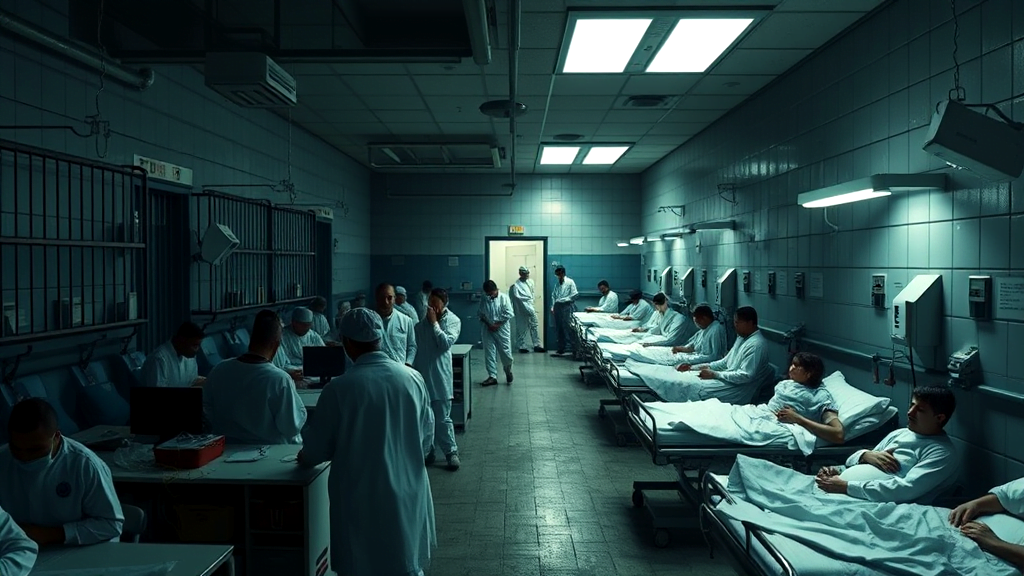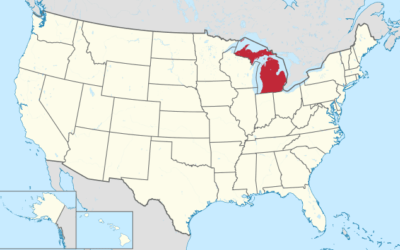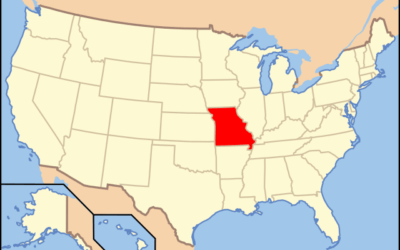Arizona’s Incarceration Problem: Key Facts
Arizona’s prison population has skyrocketed despite lower crime rates, leaving many scratching their heads. How did this happen? Well, blame the tough sentencing policies. Non-violent offenders, especially with drug charges, fill the ranks. The Arizona Department faces serious scrutiny as the ACLU National Prison unit highlights inadequate conditions. Imagine a system where health care is described as “plainly grossly inadequate.” Ouch. It’s a bloated Arizona prison system that demands change. With the National Prison Project on its case, Arizona can’t ignore this any longer. People entering prison for minor infractions are swelling numbers. We need to start holding Arizona accountable for these policies. Reform isn’t just needed; it’s overdue for Arizona prisons.
Factors Behind the Growing Prison Population
Analyzing the reasons behind the surge in Arizona’s prison population, one can’t ignore the impact of policy choices. While crime rates have fallen, mandatory sentencing for non-violent crimes, especially drug offenses, has swelled the number of people sentenced. This isn’t just about locking up criminals; it’s about Arizona’s choice to prioritize punishment over rehabilitation. The bloated Arizona prison system mirrors these decisions, with the costs spiraling out of control.
What about the quality of life inside? Well, the prison healthcare system has been heavily criticized, with the ACLU National Prison Project spotlighting its many flaws. Reports speak of medical neglect and a lack of mental healthcare, leading to avoidable tragedies. It’s a bleak picture when health care fails those it should protect.
The National Prison Project has revealed worrying trends. A higher number of people entering prison for minor infractions and people sentenced for drug-related offenses than ever before. A new public safety framework could be a way forward, as highlighted in this document.
Reform is not just a buzzword; it’s the lifeline Arizona needs to pull back from this crisis. The numbers, the policies, the consequences—they all tell a compelling tale of urgency.
The puzzle of Arizona’s swelling prison population is a tricky one. Imagine a state where the crime rate is on the decline, yet the number of folks behind bars is on the rise. It’s like filling a bathtub with a leaky faucet. The culprit? Stiff sentencing laws that cast a wide net, especially snagging those with non-violent charges. Picture this: a minor drug offender facing years in the slammer, while the real criminals slip through the cracks. It’s like using a sledgehammer to crack a nut. The cost isn’t just counted in taxpayer dollars. It’s counted in human lives caught in a system more interested in punishment than in helping people turn their lives around.
Inside the prison walls, things aren’t any rosier.
The Impact of Mandatory Sentencing Laws
Examining how mandatory sentencing laws influence the incarceration scenario in Arizona unveils a complex tale. These laws have primarily intensified Arizona Massincarceration, leading to longer prison terms, especially for property and drug-related offenses. With the “repetitive offender” label frequently applied, sentences for non-violent crimes stretch further.
The ripple effect? A burgeoning prison population not driven by crime rates but policy decisions. This surge isn’t cheap either. Arizona’s corrections budget, now over $1 billion annually, overshadows spending on essentials like education. Every taxpayer feels this pinch.
While researching this, it’s striking how these policies have shifted the dynamics of those entering the prison system. As seen in the National Prison Project, many are first-time offenders or involved in drug-related crimes. This trend calls for a reevaluation of existing measures.
Moreover, the prison healthcare system adds another layer of concern. Reports underscore its inadequacies, painting a grim picture for inmates’ well-being. This not-so-rosy state of affairs in Arizona prisons highlights the pressing need for reform.
For a deeper understanding of these issues, this article provides an insightful perspective. Addressing these challenges requires a holistic approach, balancing justice and humane treatment.
Arizona’s incarceration puzzle is like a jigsaw with too many pieces jammed together. You’ve got folks with minor drug offenses rubbing shoulders with more serious offenders, and that just doesn’t make sense. It’s like taking a wrong turn on a one-way street; the only way out is to back up and rethink your route. The unfortunate reality is that many of these individuals might have benefited more from community programs or rehabilitation, rather than being tossed into the prison mix. Imagine if we used those resources not just to lock people up, but to break the cycle of reoffending. We need to shift the focus from punishment to meaningful, constructive rehabilitation.
But what about those who find themselves behind bars? The conditions they face are often bleak.
The Financial Impact on Arizona’s Budget
Examining how mass incarceration influences Arizona’s budget reveals a complicated financial picture. The state allocates over $1 billion annually to its burgeoning prison system. This hefty sum surpasses funding for education and public safety, leading to a significant strain on taxpayers. Arizona’s prison population growth, fueled by stringent sentencing policies, demands increased resources, limiting investment in other critical areas.
The people entering prison face a system where the costs significantly outweigh the benefits. It’s like throwing money into a bottomless pit, with little return on investment. Arizona’s corrections spending often feels like a tight squeeze on the state’s finances. The financial impact of the prison population isn’t just about dollars and cents; it’s about misplaced priorities. Education and healthcare suffer as a result.
The health care provided in prisons adds another layer of expense. Arizona prisons grapple with providing adequate prison healthcare amidst these financial constraints. The focus shifts from rehabilitation to mere containment, creating a cycle that’s hard to break.
With people sentenced for non-violent crimes, the financial burden increases, leaving taxpayers wondering if there’s a better way. The current system seems like a never-ending cycle of spending without solving the root problems.
Examining Prison Health Care and Services
Exploring the state of health care within Arizona’s prison system reveals some stark realities. The prison population often faces inadequate medical and mental services, creating a challenging environment. Legal cases have highlighted issues, such as improper isolation for those with mental illness. This isn’t just a hiccup; it’s a boulder in the road.
Inmates frequently encounter subpar treatment from for-profit providers, raising eyebrows and concerns alike. The system’s cracks allow preventable suffering and even deaths. This isn’t a minor oversight; it’s a glaring red flag waving in the wind.
With a prison population swollen by policy, not crime, the demand for improved services grows. But the current setup is like trying to fit a square peg in a round hole. For those people sentenced under stringent laws, the consequences are tough, both inside and out.
Reform isn’t a luxury; it’s a necessity. Without it, the cycle of inadequate care continues, echoing through the halls of prison healthcare. Addressing these issues could spell relief for many and offer a path forward, but it requires more than just a Band-Aid solution. More comprehensive strategies might just be the ticket.

Addressing the Need for Systemic Reform
The call for sweeping changes in Arizona’s justice system is loud and clear. With a prison population surging without a crime increase, it’s like trying to stuff a suitcase beyond its limits. The tough policies aren’t helping; they’re just making the suitcase heavier.
Non-violent offenders often face long sentences, clogging the system like a drain full of hair. We need to cut through these outdated policies, letting common sense flow instead. Think about how many people could avoid entering prison with community support.
Other states have shown it works. They’re swapping long sentences for smart solutions, favoring helpful programs over harsh penalties. For Arizona, this could mean fewer people sentenced for minor offenses. By adopting these methods, the state can reduce the burden and offer better prison healthcare.
Imagine the financial relief, too. Redirecting funds means more investment in education and public safety. It’s not just about cutting costs; it’s about making health care accessible and improving community well-being. Arizona has a chance to lead by example, showing that reform isn’t just possible—it’s necessary.
Community Programs and Support for Incarcerated Individuals
When discussing programs and assistance for those behind bars, Arizona faces a unique challenge. With a ballooning prison population, alternatives like community-based programs become crucial. Such programs not just prevent more people from entering prison but also support their reentry into society. Unlike traditional sentencing, these initiatives focus on rehabilitation and skill-building.
Arizona’s strict policies mean many non-violent offenders get lengthy sentences. Redirecting these individuals to community programs can be a game-changer, reducing recidivism and offering a second chance. After all, a helping hand often guides better than a heavy hand.
The prison healthcare system also benefits when fewer individuals are incarcerated. Resources can be allocated more effectively, improving conditions for those still inside. A report by Dr. Pablo Stewart highlights the dire situation in Arizona, emphasizing the need for change.
By investing in community programs, Arizona can reduce the number of people sentenced for minor offenses and improve overall outcomes. This isn’t just a financial decision. It’s about crafting a more humane approach to justice, one that values rehabilitation over punishment.





0 Comments